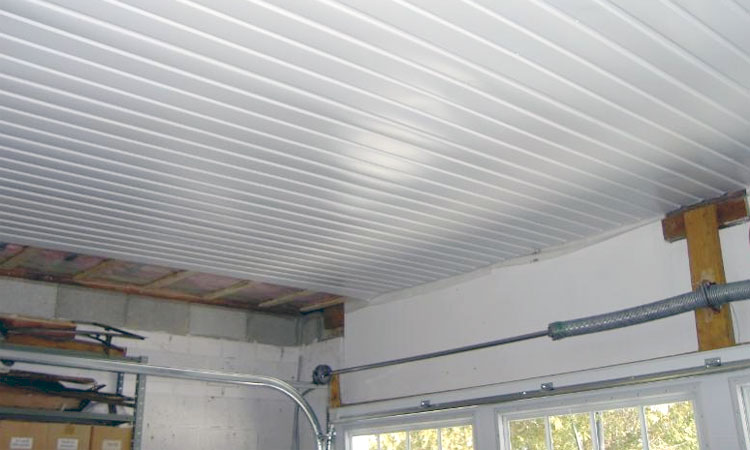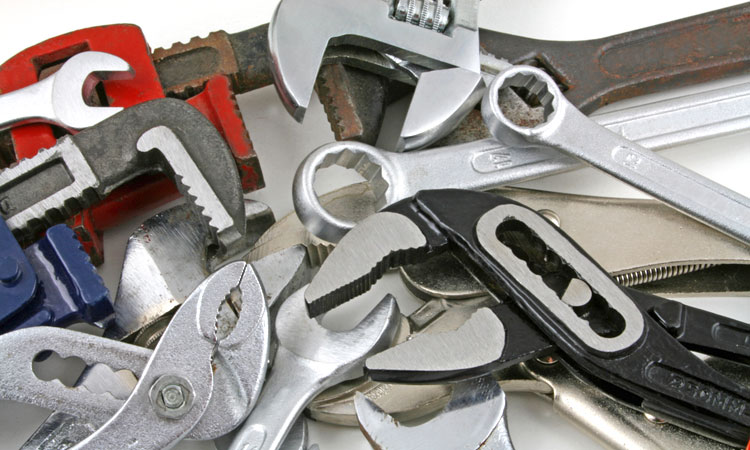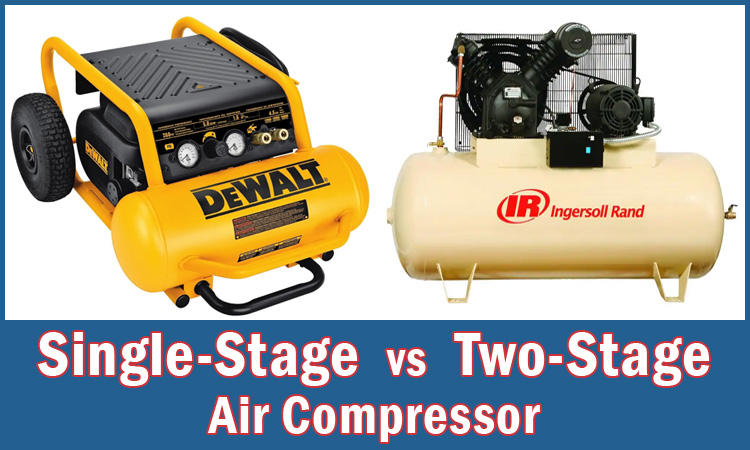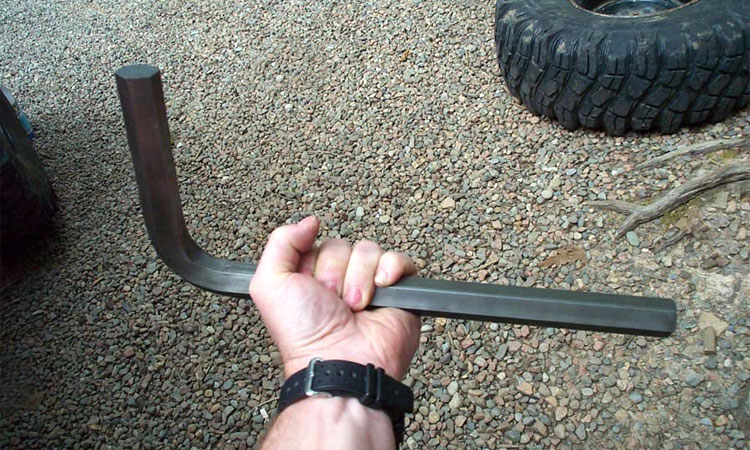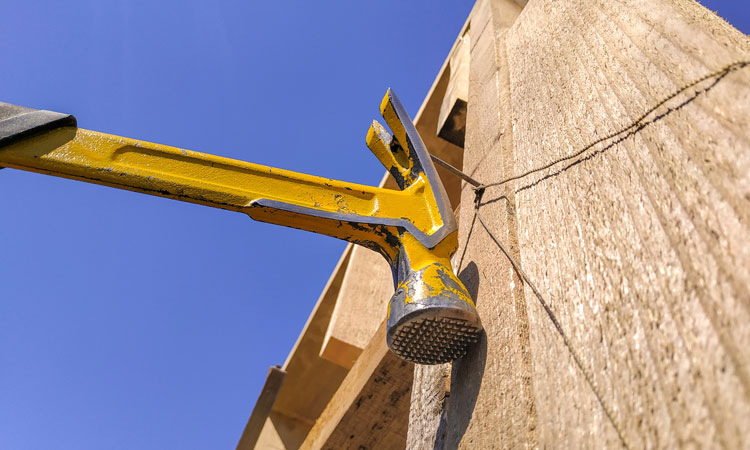Socket Sizes in Order From Smallest to Largest
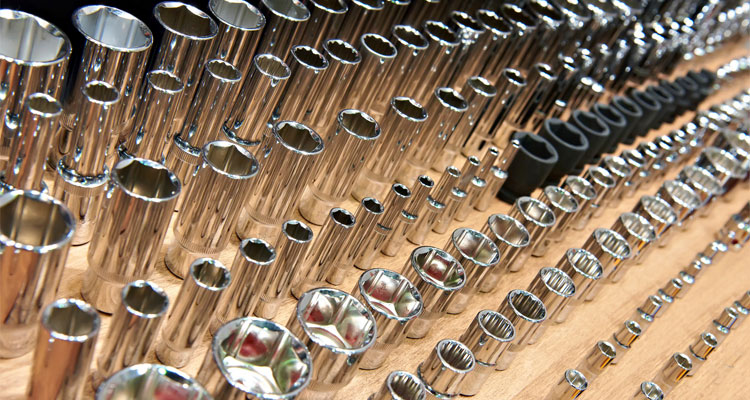
You’d think that a list of socket sizes in order would be pretty simple. Well, there’s a bit more to it than that. Along with the two different measurement standards (metric and SAE), you also have to consider what size drive you’re using.
Whether you just got your first socket set, want to know which sizes you’re missing in your socket organizer, or simply need a quick reference to see if a metric size converts to SAE, check out the tables below to see the all socket sizes from smallest to largest.
Note: No single socket set will include all the sizes listed below nor would you ever need them all. Other sizes may be available but are probably too obscure to include.
CLICK HERE to download charts as a PDF file.
Metric Socket Sizes Chart
| 1/4" Drive | 3/8" Drive | 1/2" Drive | 3/4" Drive | 1" Drive |
|---|---|---|---|---|
| 4mm | 5.5mm | 8mm | 19mm | 36mm |
| 4.5mm | 6mm | 9mm | 20mm | 38mm |
| 5mm | 7mm | 10mm | 21mm | 41mm |
| 5.5mm | 8mm | 11mm | 22mm | 46mm |
| 6mm | 9mm | 12mm | 23mm | 50mm |
| 7mm | 10mm | 13mm | 24mm | 54mm |
| 8mm | 11mm | 14mm | 25mm | 55mm |
| 9mm | 12mm | 15mm | 26mm | 58mm |
| 10mm | 13mm | 16mm | 27mm | 60mm |
| 11mm | 14mm | 17mm | 28mm | 63mm |
| 12mm | 15mm | 18mm | 29mm | 65mm |
| 13mm | 16mm | 19mm | 30mm | 67mm |
| 14mm | 17mm | 20mm | 31mm | 70mm |
| 15mm | 18mm | 21mm | 32mm | 71mm |
| 19mm | 22mm | 33mm | 75mm | |
| 20mm | 23mm | 34mm | 77mm | |
| 21mm | 24mm | 35mm | 80mm | |
| 22mm | 25mm | 36mm | ||
| 26mm | 38mm | |||
| 27mm | 40mm | |||
| 28mm | 41mm | |||
| 30mm | 42mm | |||
| 32mm | 45mm | |||
| 46mm | ||||
| 48mm | ||||
| 50mm |
SAE Socket Sizes Chart
| 1/4" Drive | 3/8" Drive | 1/2" Drive | 3/4" Drive | 1" Drive |
|---|---|---|---|---|
| 5/32" | 1/4" | 3/8" | 7/8" | 1-5/8" |
| 3/16" | 5/16" | 7/16" | 15/16" | 1-11/16" |
| 7/32" | 3/8" | 1/2" | 1" | 1-3/4" |
| 1/4" | 7/16" | 9/16" | 1-1/16" | 1-13/16" |
| 9/32" | 1/2" | 19/32" | 1-1/8" | 1-7/8" |
| 5/16" | 9/16" | 5/8" | 1-3/16" | 2" |
| 11/32" | 5/8" | 21/32" | 1-1/4" | 2-1/8" |
| 3/8" | 11/16" | 11/16" | 1-5/16" | 2-3/16" |
| 7/16" | 3/4" | 3/4" | 1-3/8" | 2-1/4" |
| 1/2" | 13/16" | 25/32" | 1-7/16" | 2-3/8" |
| 9/16" | 7/8" | 13/16" | 1-1/2" | 2-1/2" |
| 15/16" | 7/8" | 1-5/8" | 2-5/8" | |
| 1" | 15/16" | 1-11/16" | 2-3/4" | |
| 1" | 1-3/4" | 2-15/16" | ||
| 1-1/16" | 1-13/16" | 3" | ||
| 1-1/8" | 1-7/8" | 3-1/8" | ||
| 1-3/16" | 2" | |||
| 1-1/4" | 2-1/8" | |||
| 1-1/2" | 2-3/16" | |||
| 2-1/4" |
SAE to Metric Conversion Chart
Ever come across a nut or bolt where you need two of the same size wrench? Can't find a certain size of standard wrench or socket and want to know what the metric equivalent (or vice versa)? This chart will help.| SAE Size | Metric Size | Inches Decimal | |
|---|---|---|---|
| 5/32" | 0.156 | 5/32" and 4mm are close enough | |
| 4mm | 0.157 | ||
| 4.5mm | 0.177 | ||
| 3/16" | 0.188 | ||
| 5mm | 0.197 | ||
| 5.5mm | 0.216 | ||
| 7/32" | 0.219 | ||
| 6mm | 0.236 | ||
| 1/4" | 0.250 | ||
| 6.5mm | 0.256 | ||
| 7mm | 0.276 | ||
| 9/32" | 0.281 | ||
| 5/16" | 0.313 | 5/16" and 8mm are close enough | |
| 8mm | 0.315 | ||
| 11/32" | 0.344 | ||
| 9mm | 0.354 | ||
| 3/8" | 0.375 | ||
| 10mm | 0.394 | ||
| 13/32" | 0.406 | ||
| 11mm | 0.433 | 7/16" and 11mm are close enough | |
| 7/16" | 0.438 | ||
| 15/32" | 0.469 | 15/32" and 12mm are close enough | |
| 12mm | 0.472 | ||
| 1/2" | 0.500 | ||
| 13mm | 0.512 | ||
| 17/32" | 0.531 | ||
| 14mm | 0.551 | ||
| 9/16" | 0.563 | ||
| 15mm | 0.591 | 19/32" and 15mm are close enough | |
| 19/32" | 0.594 | ||
| 5/8" | 0.625 | 5/8" and 16mm are close enough | |
| 16mm | 0.630 | ||
| 21/32" | 0.656 | ||
| 17mm | 0.669 | ||
| 11/16" | 0.688 | ||
| 18mm | 0.709 | ||
| 23/32" | 0.719 | ||
| 19mm | 0.748 | 3/4" and 19mm are close enough | |
| 3/4" | 0.750 | ||
| 25/32" | 0.781 | ||
| 20mm | 0.787 | ||
| 13/16" | 0.813 | ||
| 21mm | 0.827 | ||
| 27/32" | 0.844 | ||
| 22mm | 0.866 | ||
| 7/8" | 0.875 | ||
| 23mm | 0.906 | 29/32" and 23mm are close enough | |
| 29/32" | 0.906 | ||
| 15/16" | 0.938 | ||
| 24mm | 0.945 | ||
| 25mm | 0.984 | ||
| 1" | 1.000 | ||
| 26mm | 1.024 | ||
| 1-1/16" | 1.063 | 1-1/16" and 27mm are close enough | |
| 27mm | 1.063 | ||
| 28mm | 1.102 | ||
| 1-1/8" | 1.125 | ||
| 29mm | 1.142 | ||
| 30mm | 1.181 | ||
| 1-3/16" | 1.188 | ||
| 31mm | 1.220 | ||
| 1-1/4" | 1.250 | ||
| 32mm | 1.260 | ||
| 33mm | 1.299 | ||
| 1-5/16" | 1.313 | ||
| 34mm | 1.339 | ||
| 1-3/8" | 1.375 | 1-3/8" and 35mm are close enough | |
| 35mm | 1.378 | ||
| 36mm | 1.417 | ||
| 1-7/16" | 1.438 | ||
| 37mm | 1.457 | ||
| 38mm | 1.496 | 1-1/2" and 38mm are close enough | |
| 1-1/2" | 1.500 |
See Also: Light Bulb Socket Sizes (w/ Charts)
Drive Sizes
The drive size on a ratchet (aka: socket wrench) is the small square connection fitting at the end of the ratchet. This fitting accepts sockets of the same size. There are 3 common ratchet drive sizes used in shops and home garages but other drive sizes also exist.
1/4″ Drive
Used for low torque, precision, or interior work. Usually you want to use with a socket size 12mm or smaller (but up to 14mm for low torque applications).
3/8″ Drive
The most versatile and useful drive size for most people. Use it for engine work or all purpose use around your home. It allows you to apply quite a bit of torque yet fits in spots that a 1/2″ drive won’t.
Generally, you’ll want to use with 12mm to 18mm sockets (or larger if the torque won’t be too high). Spark plug sockets almost always require a 3/8″ drive.
1/2″ Drive
Used for instances where a lot of torque is required such as a car’s lug nuts or exhaust system or if driving large lag bolts into your wall studs to install a flat screen TV. Generally used for 19mm and larger sockets or impact sockets.
Other Socket Drive Sizes
While most individuals will never need anything other than the three drive sizes above, ratchets with 3/4″, 1″, 1-1/2″, and higher drive sizes do exist. These are most often used for industrial applications or on vehicles such as large trucks, tractors, and tanks.
Related: 6-Point vs 12-Point Socket Comparison
Looking for a list of wrench sizes along with a conversion chart?
See: Wrench Sizes in Order from Smallest to Largest
See Also: Hole Saw Sizes Chart

